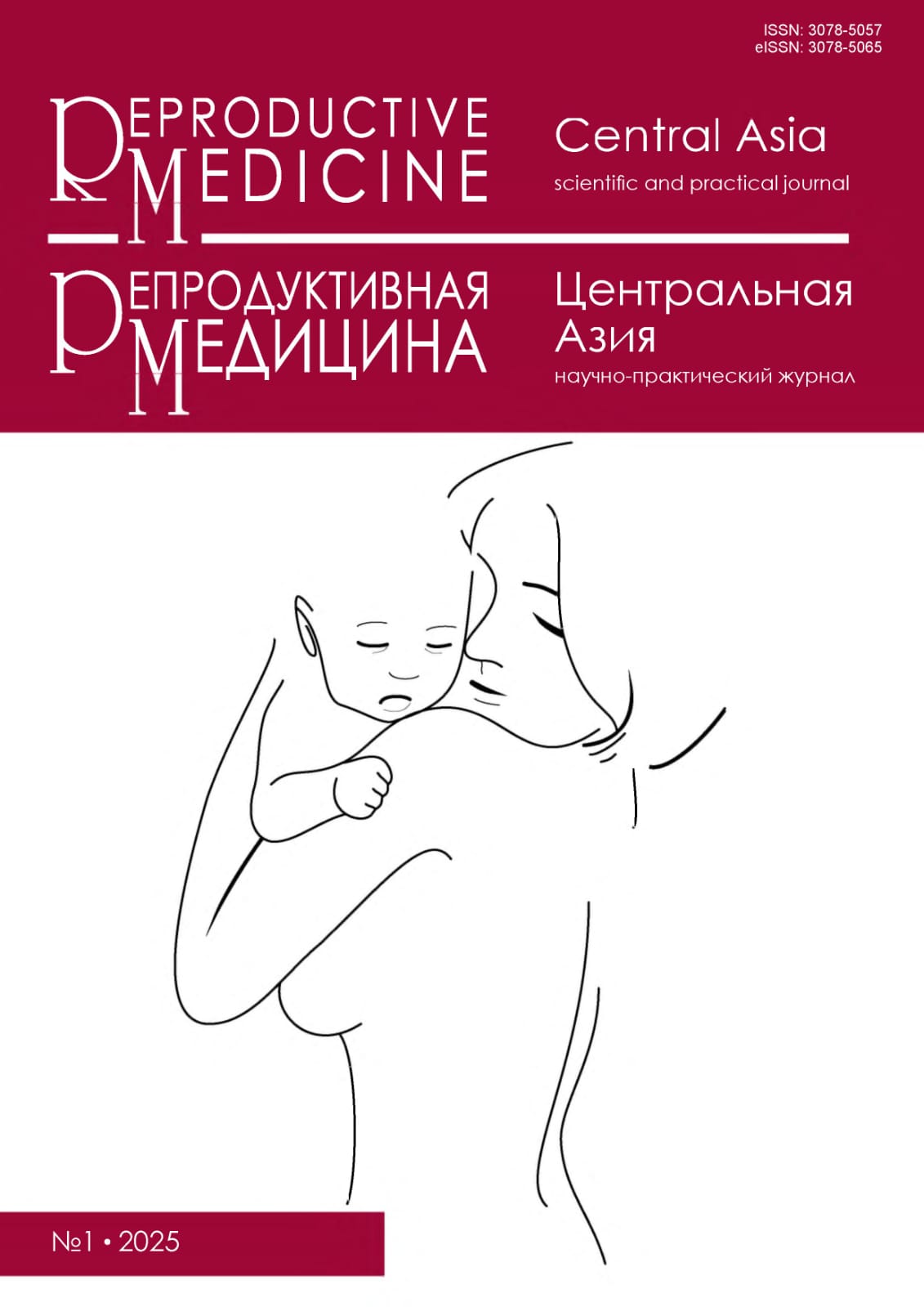aturation and standard biopsy of the prostate: comparative analysis of efficiency and safety at various prostate-specific antigen levels
DOI:
https://doi.org/10.37800/RM.1.2025.437Keywords:
prostate cancer (PCa), saturation biopsy, PSA levels, diagnosis, complicationsAbstract
Relevance: Prostate cancer (PCa) remains a leading cause of morbidity and mortality among men. Traditional diagnostic methods face limitations in detecting clinically significant cancer. Saturation biopsy, which involves collecting tissue from more points, has improved diagnostic accuracy, especially in patients with elevated prostate-specific antigen (PSA) levels. This study compares saturation and standard biopsies regarding PSA levels, cancer detection rates, and complication frequency.
Prostate biopsy is the primary diagnostic method for PCa. Saturation biopsy, involving more than 21 cores, is recommended for patients with previously negative biopsy results but persistent suspicion of PCa. We analyzed our experience to evaluate the applicability of saturation biopsy as a primary diagnostic method for patients suspected of having prostate cancer.
The study aimed to assess the efficiency of saturation biopsy compared to the traditional biopsy technique in patients at various prostate-specific antigen levels.
Materials and Methods: This study included 1807 patients divided into two groups. Group 1 (n=93) underwent saturation biopsy with tissue sampling from 21–28 cores for PSA levels between 4 and 10 ng/ml. Group 2 (n=1714) underwent a standard biopsy with 12 cores for PSA levels between 3.9 and 19.7 ng/ml. Outcomes were evaluated using the Clavien-Dindo classification.
Results: Prostate cancer detection rates were 50.5% in Group 1 and 46.4% in Group 2. Among patients with PSA levels below 10 ng/ml, saturation biopsy demonstrated superior detection rates (50.5% vs. 42.4%). The complication rates in both groups approximated 5%, with no significant differences observed.
Conclusion: Saturation biopsy is an effective diagnostic method for patients with PSA levels between 4 and 10 ng/ml. It improves cancer detection without increasing the risk of complications. This method is recommended as a primary diagnostic tool for selected patient categories.
References
Houédé N, Rébillard X, Bouvet S, Kabani S, Fabbro-Peray P, Trétarre B, Ménégaux F. Impact on quality of life 3 years after diagnosis of prostate cancer patients below 75 at diagnosis: an observational case-control study. BMC Cancer. 2020;20(1):757. https://doi.org/10.1186/s12885-020-07244-y
Descotes JL. Diagnosis of prostate cancer. Asian J Urol. 2019;6(2):129-136. https://doi.org/10.1016/j.ajur.2018.11.007
Oh KT, Koo KC, Chung BH, Lee KS. Comparison of prostate cancer detection rates of various prostate biopsy methods for patients with prostate-specific antigen levels of <10.0 ng/mL in real-world practice. Investig Clin Urol. 2020;61(1):28-34. https://doi.org/10.4111/icu.2020.61.1.28
Leslie SW, Soon-Sutton TL, Sajjad H, Siref LE. Prostate Cancer [Internet]. Nih.gov. StatPearls Publishing; 2023.Available from:
https://www.ncbi.nlm.nih.gov/books/NBK470550/
Ogbetere FE, Irekpita E. Detection rate of prostate cancer following 12-core extended biopsy in a Semi-urban Nigerian Tertiary Hospital. Urol Ann. 2021;13(2):150-155. https://doi.org/10.4103/UA.UA_136_20
David MK, Leslie SW. Prostate Specific Antigen (PSA) [Internet]. PubMed. Treasure Island (FL): StatPearls Publishing; 2020.Available from:
https://www.ncbi.nlm.nih.gov/books/NBK557495/
Widmar M, Keskin M, Strombom PD, Gennarelli RL, Szeglin BC, Smith JJ, Nash GM, Weiser MR, Paty PB, Russell D, Garcia-Aguilar J. Evaluating the Validity of the Clavien-Dindo Classification in Colectomy Studies: A 90-Day Cost of Care Analysis. Dis Colon Rectum. 2021;64(11):1426-1434.
https://doi.org/10.1097/DCR.0000000000001966
Israël B, Immerzeel J, van der Leest M, Hannink G, Zámecnik P, Bomers J, Schoots IG, van Basten JP, Debruyne F, van Oort I, Sedelaar M, Barentsz J. Clinical implementation of pre-biopsy magnetic resonance imaging pathways for the diagnosis of prostate cancer. BJU Int. 2022;129(4):480-490.
https://doi.org/10.1111/bju.15562
Вязовцев ПВ. Оптимизация техники биопсии предстательной железы. [Диссертация]. Военно-медицинская академия имени С.М. Кирова; 2020. Адрес доступа:
Vyazovtsev PV. Optimization of prostate biopsy technique [Thesis]. Kirov Military Medical Academy; 2020. Russian. Available from:
https://vmeda.mil.ru/upload/site56/document_file/Tekst_dissertacii%28160%29.pdf
Сосновский НВ. Оптимизация биопсии предстательной железы по данным методов лучевой диагностики. [Диссертация]. Российский научный центр рентгенорадиологии; 2018. Адрес доступа:
Sosnovsky N.V. Optimization of prostate biopsy based on radiation diagnostic methods. [Thesis]. Russian Scientific Center of Roentgenology and Radiology; 2018. Available from:
Bjurlin MA, Wysock JS, Taneja SS. Optimization of prostate biopsy: review of technique and complications. Urol Clin North Am. 2014;41(2):299-313.
Downloads
Published
How to Cite
Issue
Section
License
Copyright (c) 2025 The rights to a manuscript accepted for publication are transferred to the Journal Publisher. When reprinting all or part of the material, the author must refer to the primary publication in this journal.

This work is licensed under a Creative Commons Attribution-NonCommercial-NoDerivatives 4.0 International License.
The articles published in this Journal are licensed under the CC BY-NC-ND 4.0 (Creative Commons Attribution – Non-Commercial – No Derivatives 4.0 International) license, which provides for their non-commercial use only. Under this license, users have the right to copy and distribute the material in copyright but are not permitted to modify or use it for commercial purposes. Full details on the licensing are available at https://creativecommons.org/licenses/by-nc-nd/4.0/.




